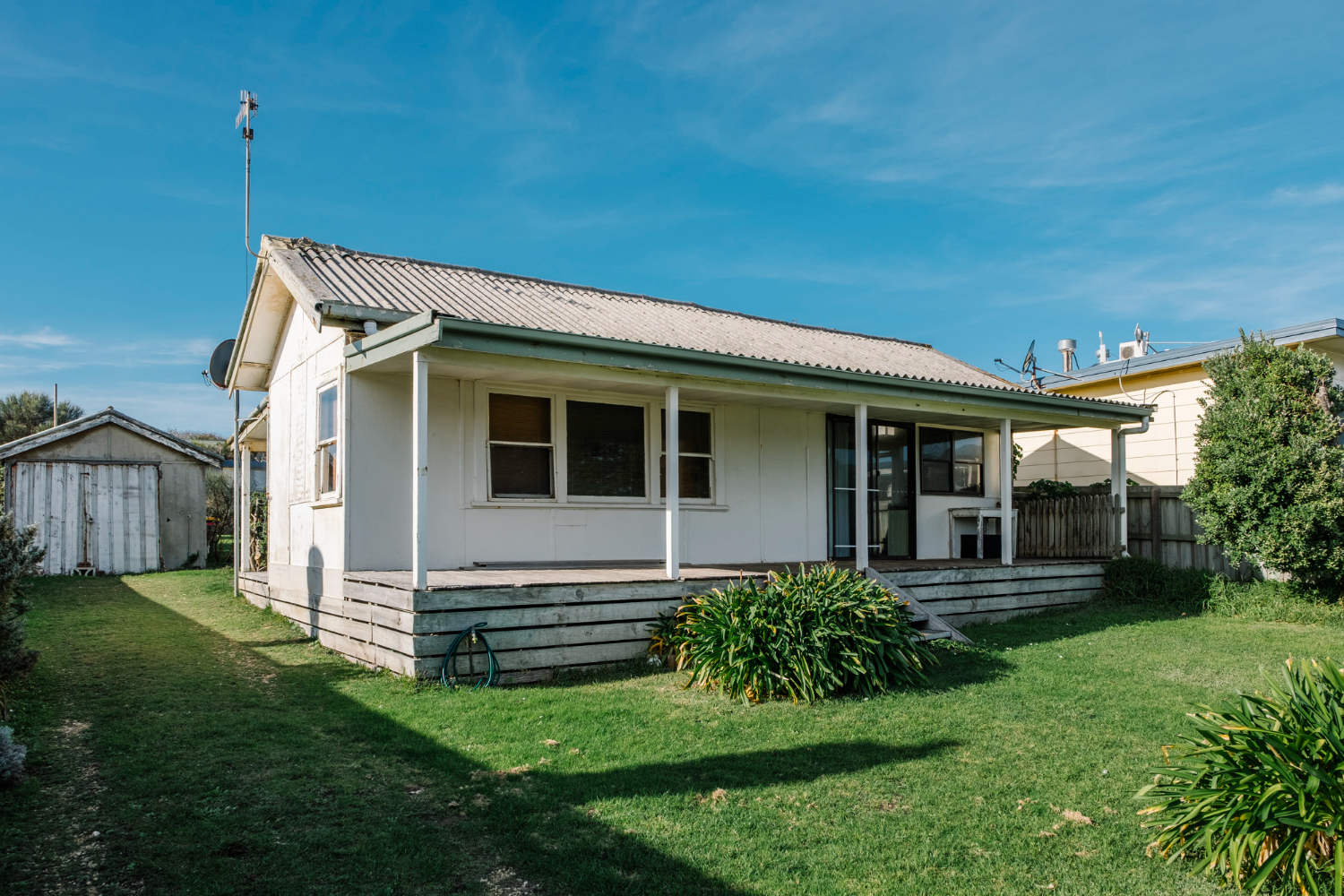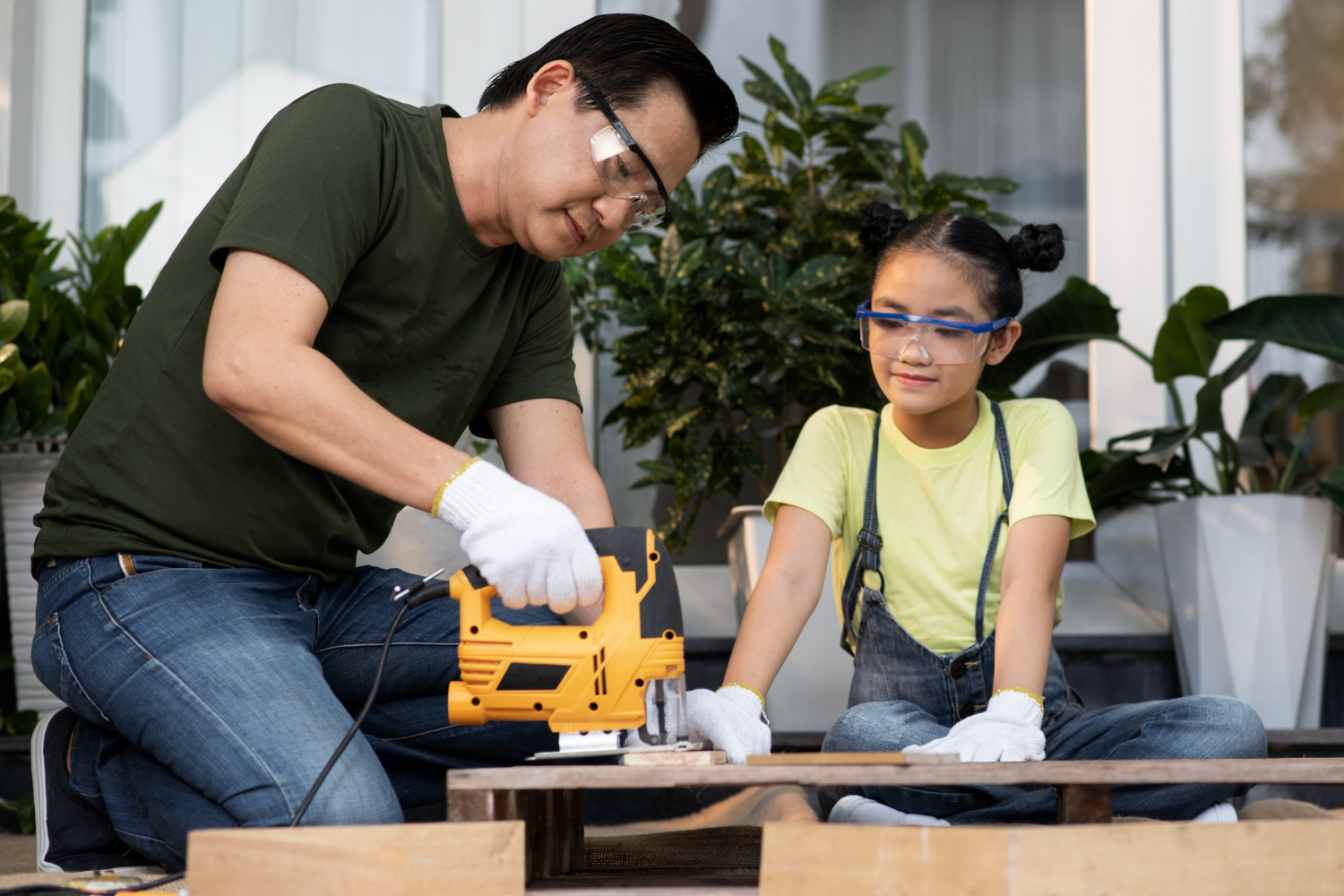
Benefits of building a granny flat in the Bay Area
Building a granny flat in the Bay Area comes with numerous advantages. Firstly, it allows for multigenerational living, providing a separate space for aging parents or adult children while maintaining privacy. This can make family ties stronger and bring people closer together. Additionally, renting out the granny flat can generate a substantial income stream, which can help offset mortgage payments or other expenses.
From an investment standpoint, a granny flat can significantly increase the value of your property. With the high demand for housing in the Bay Area, having an ADU can make your property more attractive to potential buyers. Furthermore, utilizing environmentally friendly design and energy-efficient features can reduce your ecological footprint and contribute to a sustainable future.
Zoning and legal considerations for building a granny flat
Before embarking on your granny flat project, it is crucial to familiarize yourself with the zoning and legal considerations in the Bay Area. Each city and county may have different regulations, so checking with the local planning department is essential. Some areas have specific requirements regarding the size, setback, and parking for granny flats. Understanding these regulations will ensure that your project is compliant and prevent any potential issues down the line.
In addition to zoning regulations, it’s important to consider legal aspects such as permits and inspections. Obtaining the necessary licenses ensures your granny flat meets building codes and safety standards. Inspections during construction are essential to ensure the work is done correctly. By adhering to these legal requirements, you can avoid costly fines and ensure that your granny flat is a safe and legal addition to your property.
Design options for granny flats in the Bay Area
When it comes to designing your granny flat, the possibilities are endless. From traditional styles to modern and innovative designs, you can customize your granny flat to suit your needs and preferences. Consider the available space on your property and the intended use of the granny flat. Are you looking for a cozy space for elderly parents or a more contemporary unit for rental purposes?
It’s essential to work with an experienced architect or designer who can help bring your vision to life. They can guide you through the design process, ensuring your granny flat is functional, aesthetically pleasing, and compliant with local building codes. From the layout and materials to the color scheme and finishes, every design aspect should be carefully considered to create a comfortable and inviting living space.
Choosing a builder for your granny flat project
Selecting the right builder is crucial to the success of your granny flat project. Look for builders specializing in ADUs with a proven track record of delivering high-quality work. Ask for references and view their portfolio to assess the quality of their previous projects. Ensuring the builder is licensed, insured, and familiar with local building codes and regulations is also essential.
When meeting with potential builders, discuss your vision, budget, and timeline for the project. A reputable builder will listen to your needs, provide valuable insights, and offer a transparent and detailed estimate. It’s also beneficial to inquire about their subcontractors and the level of supervision they provide throughout the construction process. By choosing the right builder, you can have peace of mind knowing that your granny flat will be built to the highest standards.
Permits and inspections for granny flat construction
Building a granny flat requires obtaining the necessary licenses and undergoing inspections at various stages of the construction process. The specific licenses required may vary depending on the location and project complexity. Standard permits include building, electrical, plumbing, and mechanical permits.
It’s essential to work closely with your builder or contractor to ensure that all permits are obtained and inspections are scheduled at the appropriate times. Failure to comply with permit requirements can result in fines or even the removal of the granny flat. Following the proper permitting and inspection procedures ensures that your granny flat is safe, compliant, and built to last.
Budgeting for your granny flat project
Budgeting is a crucial aspect of any construction project, and building a granny flat is no exception. Determining your budget early on is essential as well as allocating funds for each project stage. Consider design, materials, labor, permits, and any additional features or amenities you wish to include.
Obtaining multiple quotes from builders and suppliers can help you assess the overall cost of your granny flat project. It’s also essential to account for unexpected expenses or contingencies during construction. Having a realistic budget in place can ensure that your project stays on track financially.
Financing options for building a granny flat
Financing your granny flat project can be done through various methods. If you have sufficient savings, you may fund the project entirely yourself. However, many homeowners opt for financing options such as home equity, personal, or construction loans.
Home equity loans allow you to borrow against the equity in your property. In contrast, personal loans provide funds based on your creditworthiness. Construction loans are specifically designed for building projects and provide the necessary funds in stages throughout the construction process. It’s important to explore different financing options and carefully consider the terms and interest rates to find the most suitable choice.
Hiring subcontractors for plumbing, electrical, and other specialized work
Building a granny flat often involves specialized tasks such as plumbing, electrical work, and other trades. While your builder or contractor may handle some of these tasks, hiring subcontractors specializing in specific areas is expected. When selecting subcontractors, it’s crucial to ensure they are licensed, insured, and experienced in granny flat construction.
Obtain multiple quotes and request references from subcontractors to ensure their reliability and quality of work. Communication and coordination between the builder and subcontractors provide a smooth construction process. Regular site visits and inspections can help identify potential issues early on and ensure the work is completed to the highest standards.
Timeline for building a granny flat in the Bay Area
The timeline for building a granny flat can vary depending on several factors, including the complexity of the design, availability of materials, and weather conditions. On average, the construction process can take three to six months. Discussing the timeline with your builder and establishing clear milestones and deadlines for each stage of the project is important.
Factors that can affect the timeline include obtaining permits, scheduling inspections, and any unforeseen delays or changes to the design. Having a realistic timeline, you can manage your expectations and ensure that the construction process progresses smoothly.
Furnishing and decorating your granny flat
Once your granny flat is constructed, it’s time to furnish and decorate the space. Consider the intended use of the granny flat and choose furniture and decor that align with its purpose. For example, if you plan to rent out the space, opt for durable, versatile furniture that can withstand frequent use.
Maximize the available space by choosing multifunctional furniture and utilizing clever storage solutions. Pay attention to lighting, color schemes, and other design elements to create a welcoming and comfortable atmosphere. Personalize the space with artwork, plants, and other decorative touches that reflect your style and personality.
Renting out your granny flat as an additional source of income
One of the significant benefits of building a granny flat is the potential to generate rental income. Renting out your granny flat can provide a steady stream of additional revenue, helping to offset mortgage payments or other expenses. Before renting out the space, it’s essential to familiarize yourself with local rental regulations and requirements.
Consider hiring a property management company to handle tenant screening, lease agreements, and maintenance tasks. By outsourcing these responsibilities, you can save time and ensure that your rental property is managed professionally. It’s also essential to set competitive and fair rental rates that reflect the market value of similar properties in the area.
Maintaining and managing your granny’s flat
Once your granny flat is occupied, regular maintenance and management are essential to ensure the longevity and value of the property. Create a maintenance schedule that includes cleaning, landscaping, and routine inspections. Address any maintenance issues promptly to prevent them from escalating into more significant problems.
If you have rented out the granny flat, communicate clearly with your tenants and provide them with a point of contact for any maintenance or repair requests. Regularly review the rental agreement, renew leases as necessary, and stay up to date with local landlord-tenant laws to protect your and your tenants’ rights.
Conclusion
Building a granny flat in the Bay Area can be a wise investment, providing additional living space, rental income, and increased property value. You can ensure a successful project by understanding the zoning and legal considerations, designing a functional and aesthetically pleasing space, and working with reputable builders and subcontractors. Additionally, careful budgeting, exploring financing options, and effective maintenance and management are crucial for long-term success.
If you’re considering building a granny flat in the Bay Area, Rhino Garage Conversion Bay Area is here to help. Contact us today for a consultation and take the first step towards creating a versatile and valuable addition to your property.





